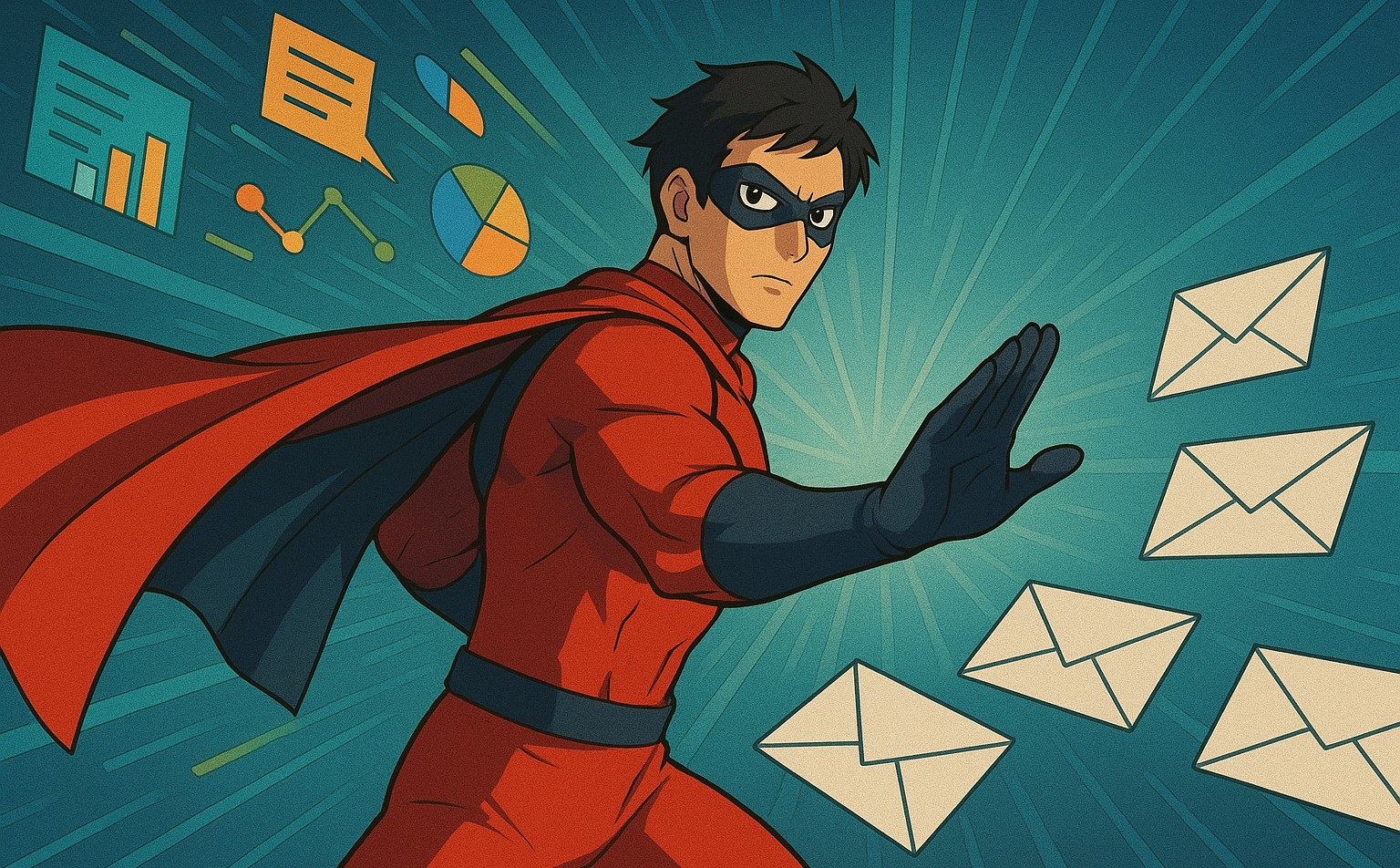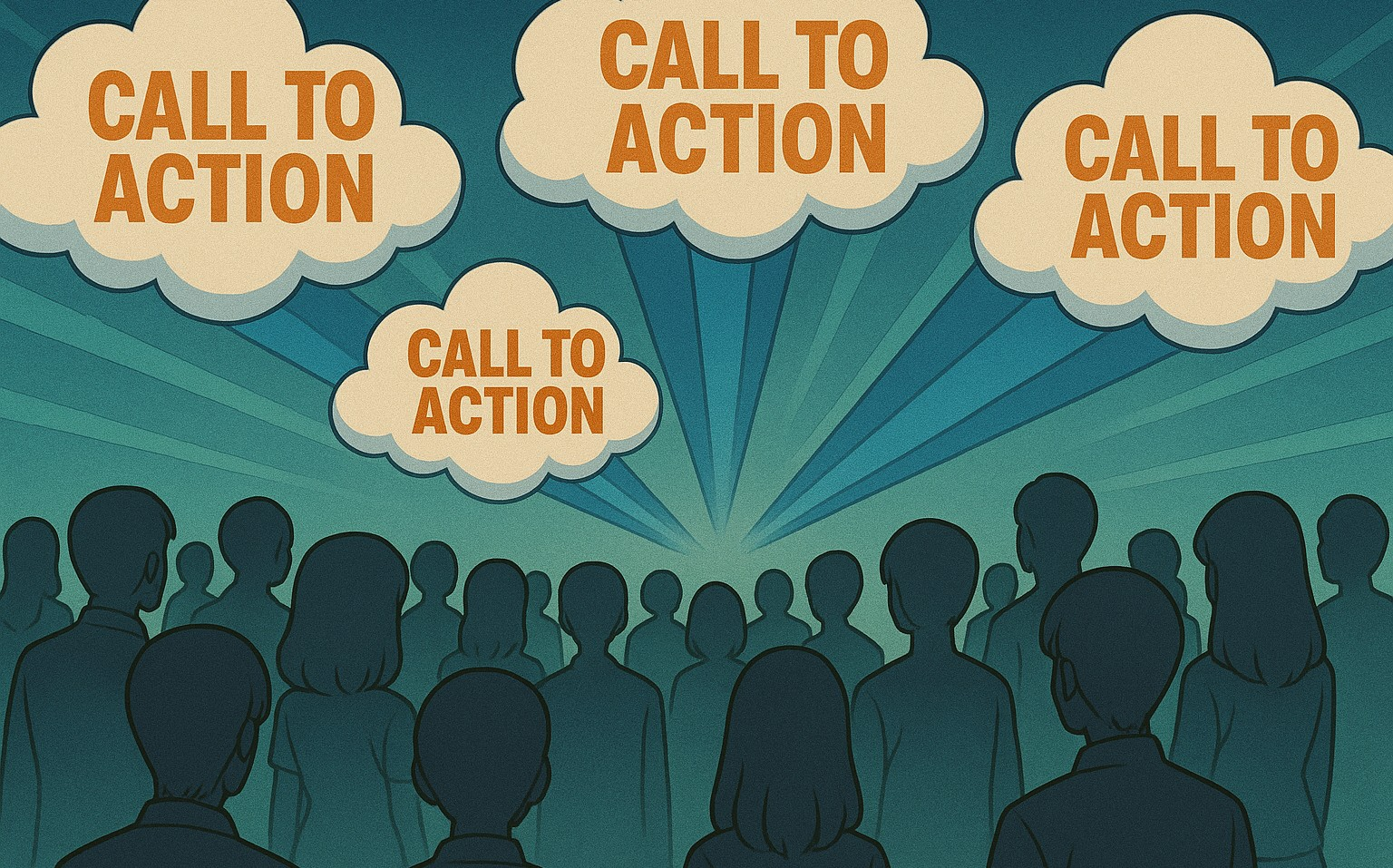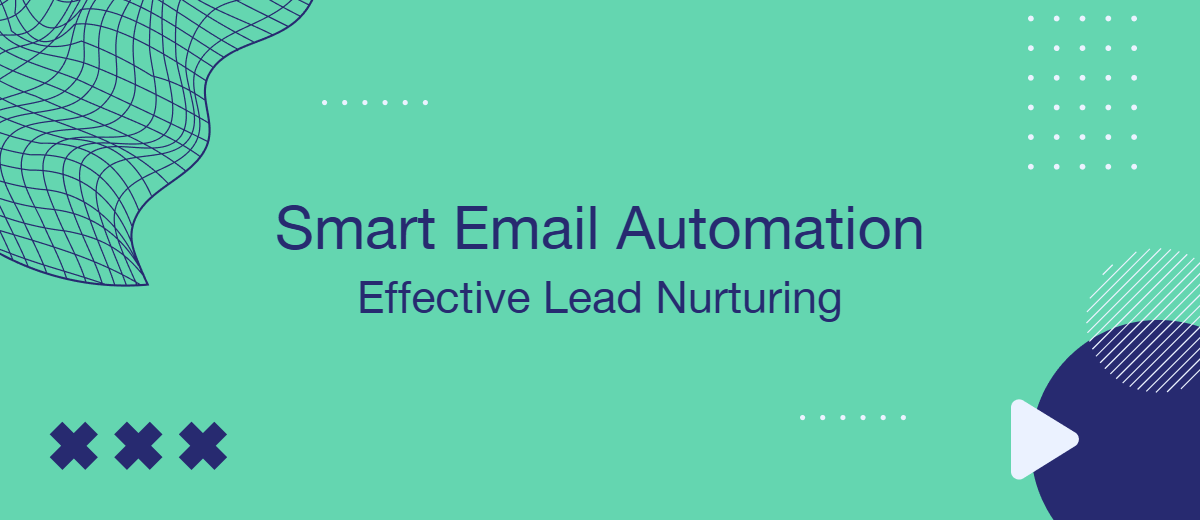Email automation has redefined the way companies nurture leads. Now, instead of playing the waiting game and hoping for replies as you manually send follow-ups, you can design elegant workflows that meet prospects at their point of need and lead them through your sales funnel. Now, as buyer expectations continue to escalate, this shift is more important than ever.
Why Lead Nurturing Matters in Today’s Buyer Journey
Your prospects don’t purchase on the first touch today. Instead, buyers will research and compare for hours before making a decision.
The modern buyer journey may take days, weeks, or even months. They visit your site, download a resource, and might then leave for weeks before coming back. If you fail to nurture them properly during that silent period, you can lose them to competitors who remain top-of-mind.
Lead nurturing bridges this gap. It ensures that your brand is visible and valuable at every stage of the buyer decision-making process.
The Growing Role of Email Marketing Automation
Email automation is the lifeblood of successful lead nurturing. Manual follow-up emails are not going to get you the same consistency and timeliness as an automated sequence.
Your sales and marketing team can’t be expected to personally monitor every prospect’s engagement and follow up with the right message at just the right time. Automation takes care of this complexity by sending timely emails whenever a particular action is taken or when a set period elapses.
This enables your team to think and act strategically instead of performing the same rote tasks over and over again.
Key Benefits of Email Automation in Lead Nurturing
With email automation, nurturing leads no longer has to be a tedious, manual task. It’s a competitive advantage. When you set up automated workflows, you create a system that cuts down on time spent qualifying and closing prospects. Instead, automation works 24/7 to move prospects through your sales funnel.
Here's how automation makes your lead nurturing process better:
Delivers Consistent, Timely Communication
Your leads receive the right message at exactly the right moment. Email automation eliminates the human error factor that causes delayed or forgotten follow-ups.
Modern communication workflows extend beyond just email. When you integrate email automation with other tools like voicemail to email systems, you create a comprehensive communication strategy that captures every prospect interaction.
Consider this scenario: A prospect downloads your pricing guide on a Friday afternoon. With automation, they get a follow-up email on Monday morning that includes case studies showing return on investment (ROI). Without automation, that follow-up might happen three days later or not at all.
Consistency builds trust. When your prospects know they can count on valuable, timely communication from you, they stay engaged throughout their buying journey.
Automated triggers also respond to prospect behavior instantly. Someone visits your pricing page three times? They automatically enter a sequence designed for purchase-ready leads. This level of responsiveness simply isn't possible with manual processes.
Sends Personalized Messages at Scale

One employee can't personally craft individual emails for hundreds of leads, but automation makes personalization scalable. Modern email platforms use data points like:
- Industry type.
- Company size.
- Previous downloads.
- Website behavior.
- Lead source.
This data powers dynamic content that feels personally written. A manufacturing prospect sees case studies from other manufacturers. A startup founder receives content about scaling challenges.
The magic happens when automation combines behavioral triggers with demographic data. A SaaS prospect who's visited your integrations page five times receives an email that highlights your API capabilities instead of general product features.
Your leads experience personalized communication that addresses their specific pain points and interests, even though you're nurturing thousands of prospects simultaneously.
Boosts Engagement and Drives Conversions
Automated email sequences consistently outperform one-off campaigns. Why? Because they deliver value systematically rather than sporadically.
Your nurturing sequences build momentum. Each email in your workflow serves a specific purpose. It could be educating, addressing objections, or demonstrating value. This strategic approach guides prospects closer to purchase decisions.
Automation also enables you to test and optimize continuously. You can A/B test subject lines, sending times, and content variations across your entire sequence, improving performance over time. Well-crafted automated sequences turn cold leads into warm prospects and warm prospects into customers.
Saves Time and Uses Resources More Efficiently
Your marketing team stops playing email tag with prospects and starts focusing on strategy. Automation handles the repetitive tasks that used to consume hours each week.
Think about the math: Manually nurturing 500 leads means 500 individual emails to write, send, and track. Automation turns this into a one-time sequence setup that runs indefinitely.
This efficiency extends beyond time savings. Your sales team receives better-qualified leads because automation has already educated prospects about your solution. Sales conversations become more productive because leads understand your value proposition.
Resource allocation improves dramatically. Instead of having team members manually send follow-up emails, they can focus on creating better content, analyzing performance data, and developing new nurturing strategies.
Your entire revenue operation becomes more scalable when automation handles the foundational nurturing work.
Best Practices for Automated Lead Nurturing Through Email
Building effective automated lead nurturing sequences requires more than just setting up a few follow-up emails. You need a strategic approach that considers your prospect's journey, delivers genuine value, and continuously improves based on performance data.
These proven practices will help you create nurturing workflows that actually create conversions:
Map the Customer Journey to Workflow Stages
Start by understanding how your prospects move from awareness to purchase. Each stage requires different messaging and a unique call-to-action (CTA).
Create workflows that mirror this progression:
- Awareness stage: Educational content and industry insights.
- Consideration stage: Product comparisons and case studies.
- Decision stage: Demos, trials, and pricing information.
Your email sequences should guide prospects naturally from one stage to the next. A prospect who downloads a beginner's guide shouldn't immediately receive sales-focused emails about pricing.
Create Value-Driven Content for Each Touchpoint
Every email in your sequence must provide genuine value. Your prospects will unsubscribe if your emails feel pushy or self-serving.
Focus on solving problems rather than selling products. Share industry reports, actionable tips, or behind-the-scenes insights that help your prospects succeed.
For example, if you sell project management software, send emails about productivity techniques, not just software features. This approach builds trust and positions you as a helpful resource.
Value-driven content keeps prospects engaged throughout longer nurturing cycles.
Test Email Elements like Subject Lines, CTAs, and Content

Your nurturing sequences will improve through continuous testing. Start with these high-impact elements:
- Subject line variations.
- Send time optimization.
- CTA button text.
- Email length and format.
Test one element at a time to isolate the factors that drive better performance. You might discover that Tuesday mornings work better than Friday afternoons for your audience.
Small improvements compound over time. A 2% increase in open rates across your entire nurturing program can significantly impact your pipeline.
Document your testing results to inform future sequence development.
Optimize Send Times and Frequency
Finding the right email cadence prevents subscriber fatigue while maintaining engagement. Most effective nurturing sequences start frequently and gradually space out.
A typical pattern might look like this:
- Day 1: Welcome email.
- Day 3: Educational content.
- Day 7: Case study.
- Day 14: Product demonstration.
- Day 30: Customer success story.
Monitor your unsubscribe rates and engagement metrics to find your audience's sweet spot. B2B prospects often prefer weekly emails, while B2C audiences might engage with more frequent communication.
Implement Re-Engagement and Win-Back Strategies
Not every lead converts on your primary nurturing track. Create separate workflows for prospects who go cold or disengage.
Re-engagement sequences might include:
- Survey emails asking about their current challenges.
- Special offers or exclusive content.
- "We miss you" campaigns with valuable resources.
These secondary workflows often rescue leads that seemed lost. Sometimes prospects just need different timing or messaging to re-enter your sales process.
Set up automatic triggers based on email inactivity to catch disengaged leads before they completely drop off.
Use Dynamic Content for Deeper Personalization
Dynamic content adapts your emails based on prospect data. This goes beyond inserting first names into subject lines.
You can customize entire email sections based on:
- Industry vertical.
- Company size.
- Previous content downloads.
- Geographic location.
- Referral source.
A prospect from healthcare sees compliance-focused messaging, while a retail prospect receives inventory management content. This level of personalization significantly improves relevance and engagement.
Start simple with industry-based content variations, then expand as your data collection improves.
Key Takeaways
Email marketing automation turns prospect nurturing into a proactive revenue generator rather than a reactive one-off activity. The major benefit is in scalability. You can nurture thousands of leads at a time while giving them a personalized experience. Automation technology is what makes this synergy of scale and personalization possible.
The secret is treating automation as a strategic tool. The companies that are gaining ground rely more on mapping prospect journeys, providing valuable content, and constantly optimizing with performance data.
Ready to get started? Here's your action plan:
- Assess your existing lead nurturing program: Look for any areas where leads might be falling off.
- Map your customer journey stages: What will each stage need in terms of content?
- Launch your first automated sequence: Begin with a basic welcome series.
- Build behavioral triggers: Set email campaign triggers based on certain prospect actions.
- Create value-based content: Rather than selling products, focus on solving problems.
- Test one variable at a time: Headlines, send times, or CTA (call-to-action) buttons.
- Track what’s important: Open rates, clickthrough rates, and conversion rates.
- Construct re-engagement workflows: Develop dedicated sequences for cold or unresponsive prospects.
Your automated nurturing sequences will improve as you collect data and continue to tweak your approach. Start with simple workflows and add complexity as you gain confidence and start to see results.
SaveMyLeads is a simple and effective service that will help you automate routine tasks and optimize business processes. Stop wasting time uploading leads from Facebook manually – you can do it automatically, saving a lot of time and money. Eliminate routine from workflows and achieve more with minimal investment of money, effort and human resources.
